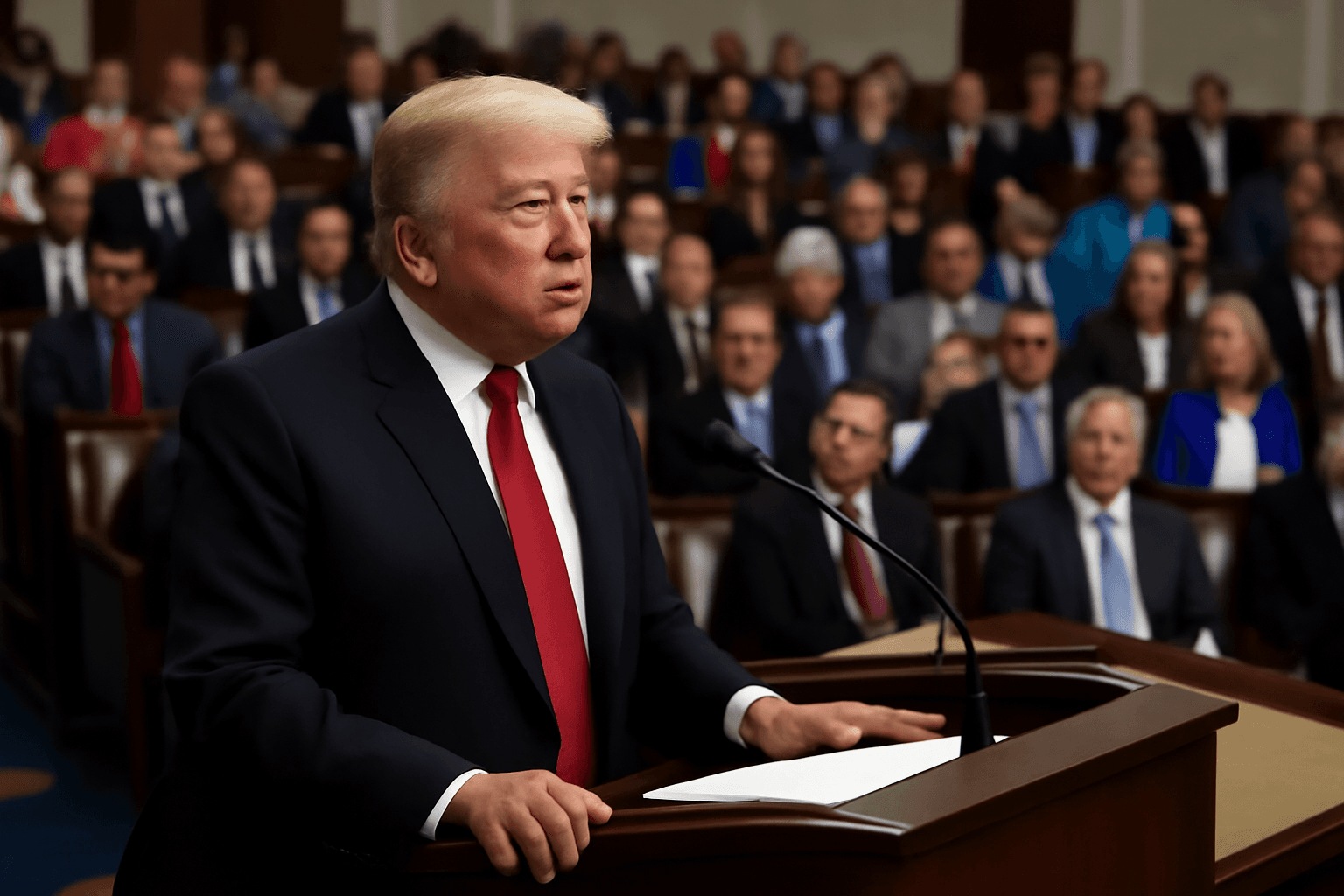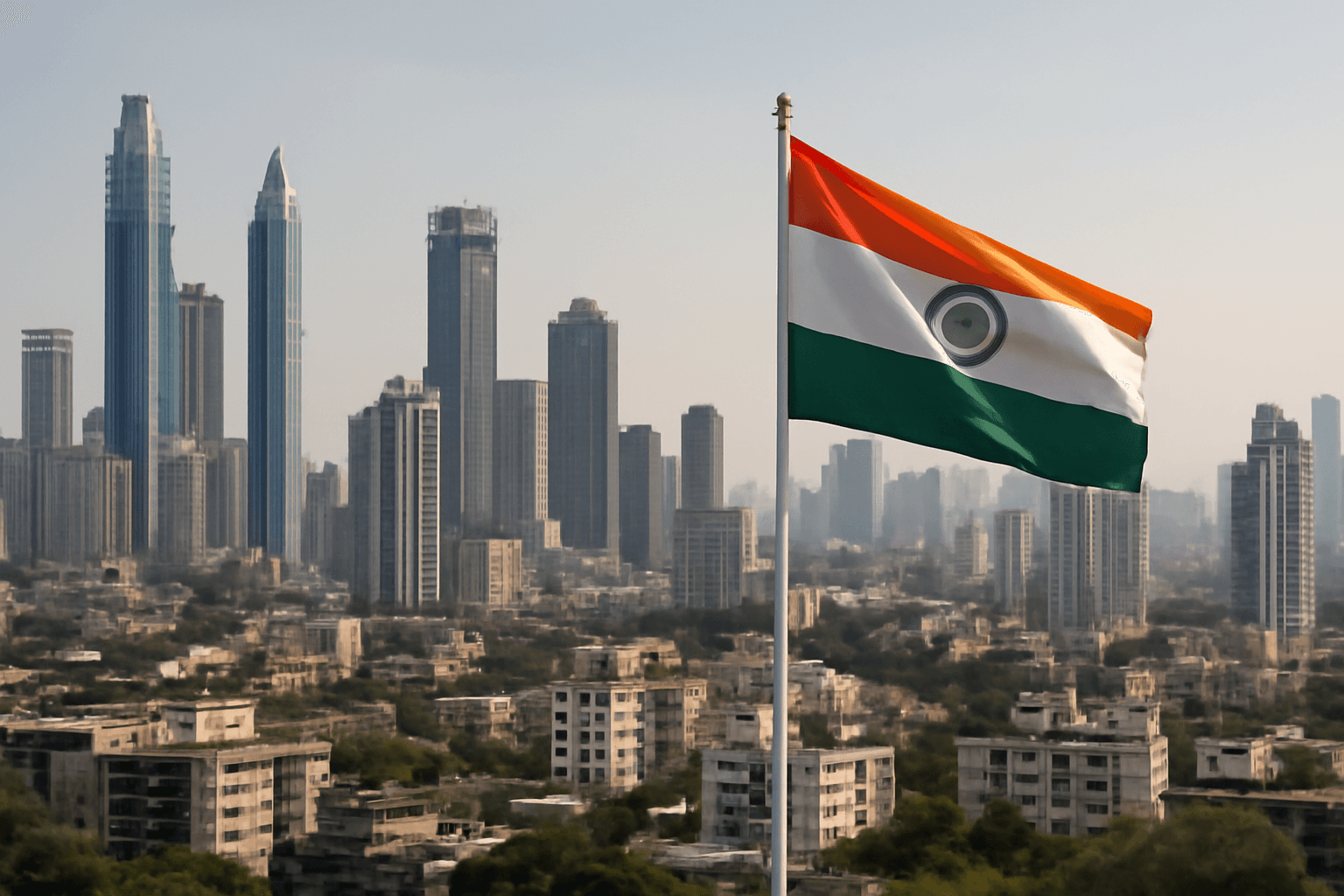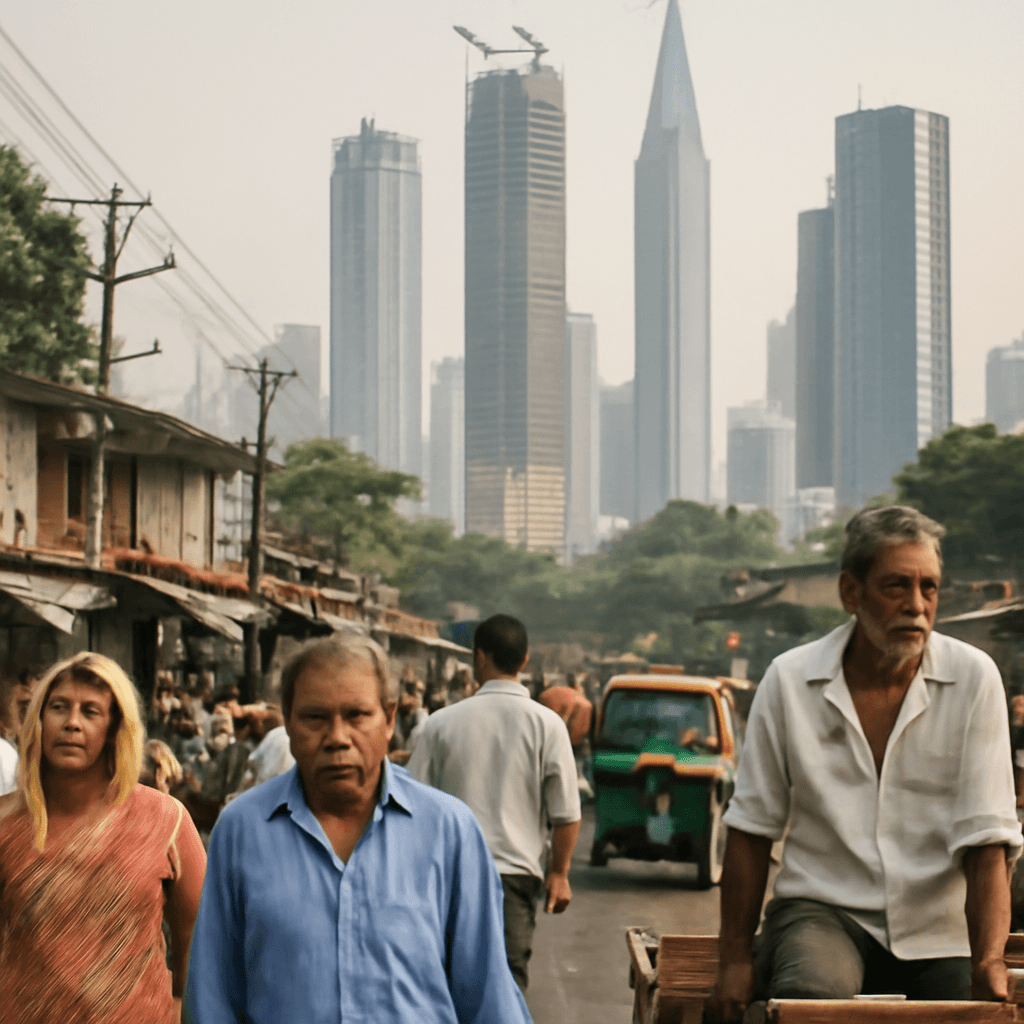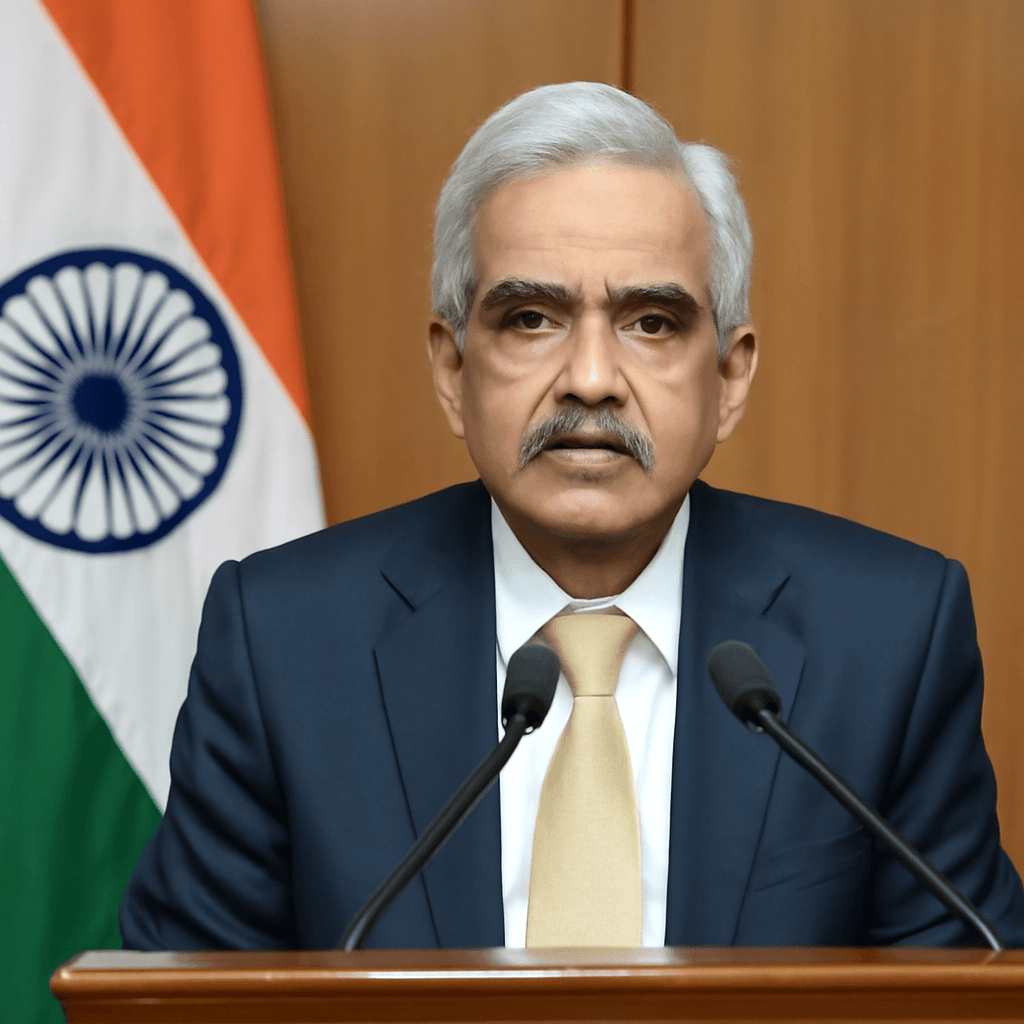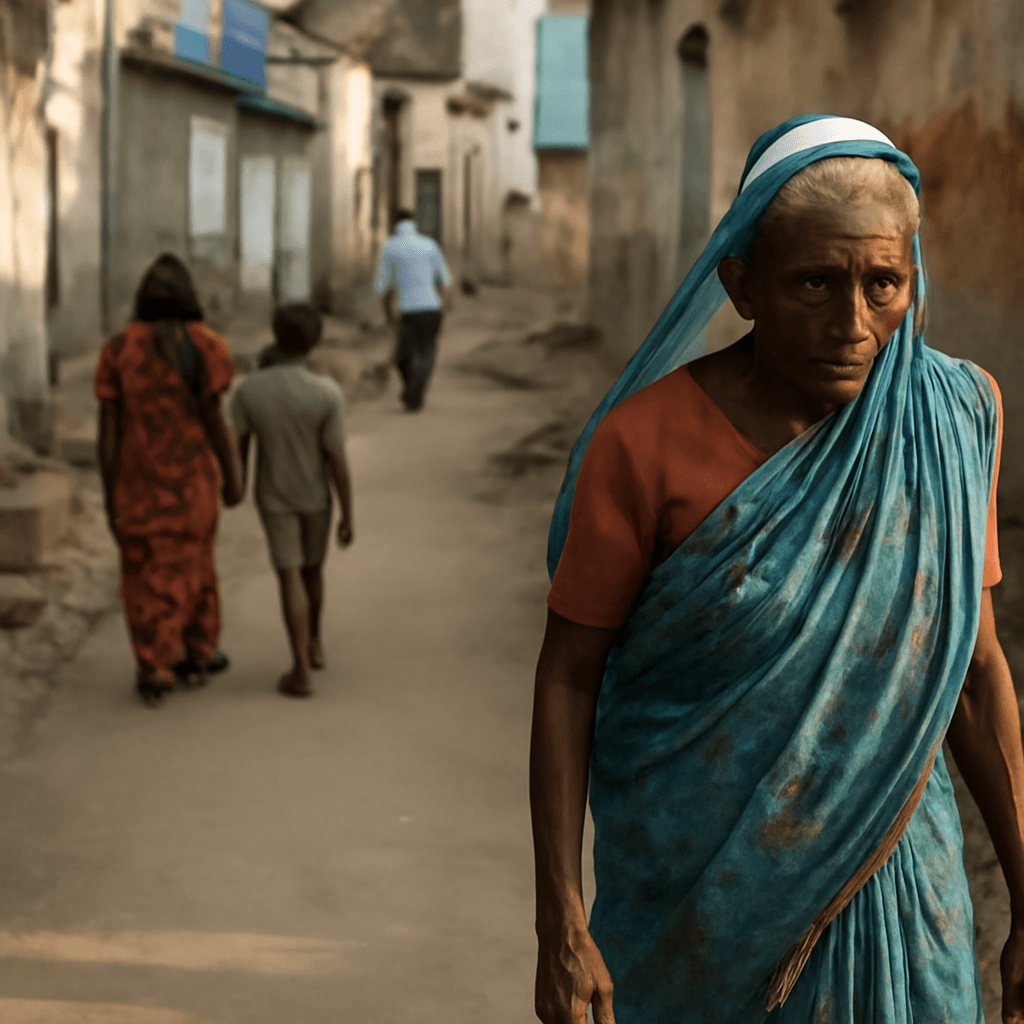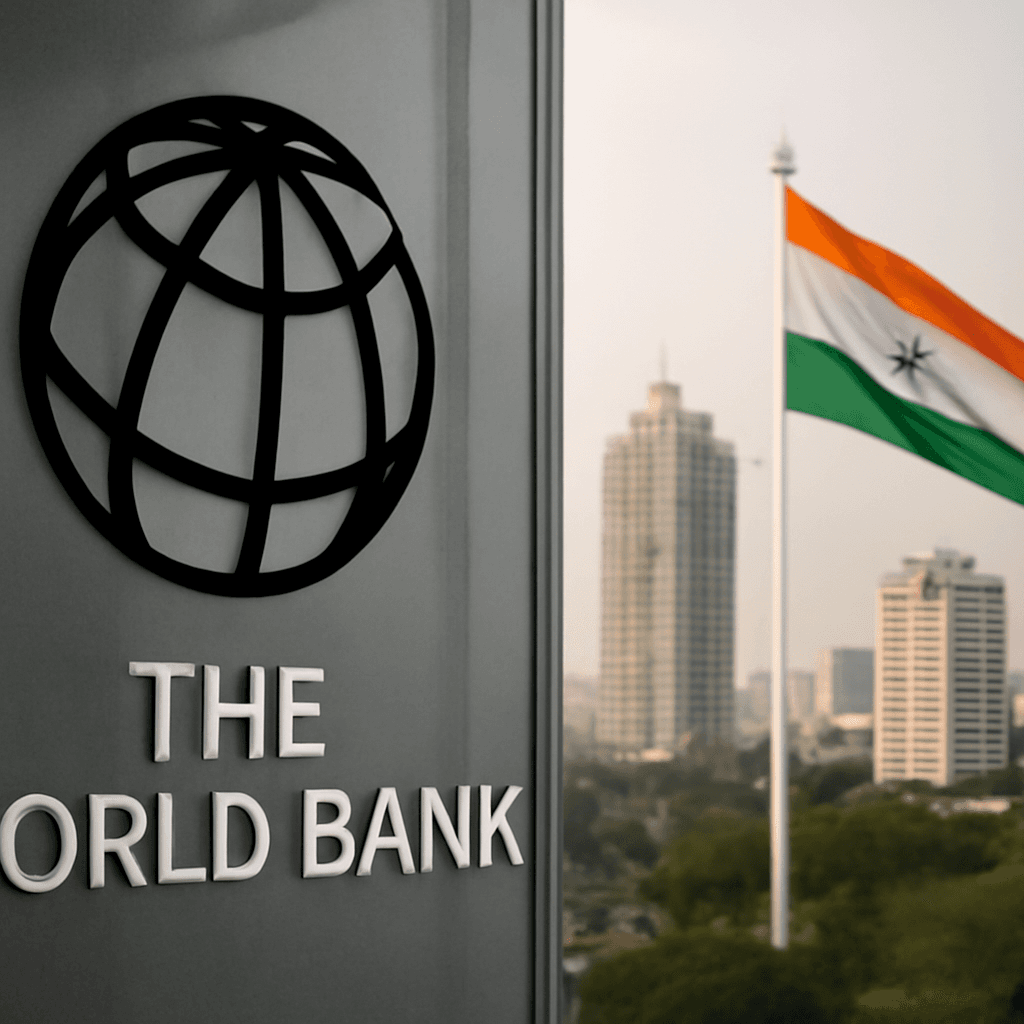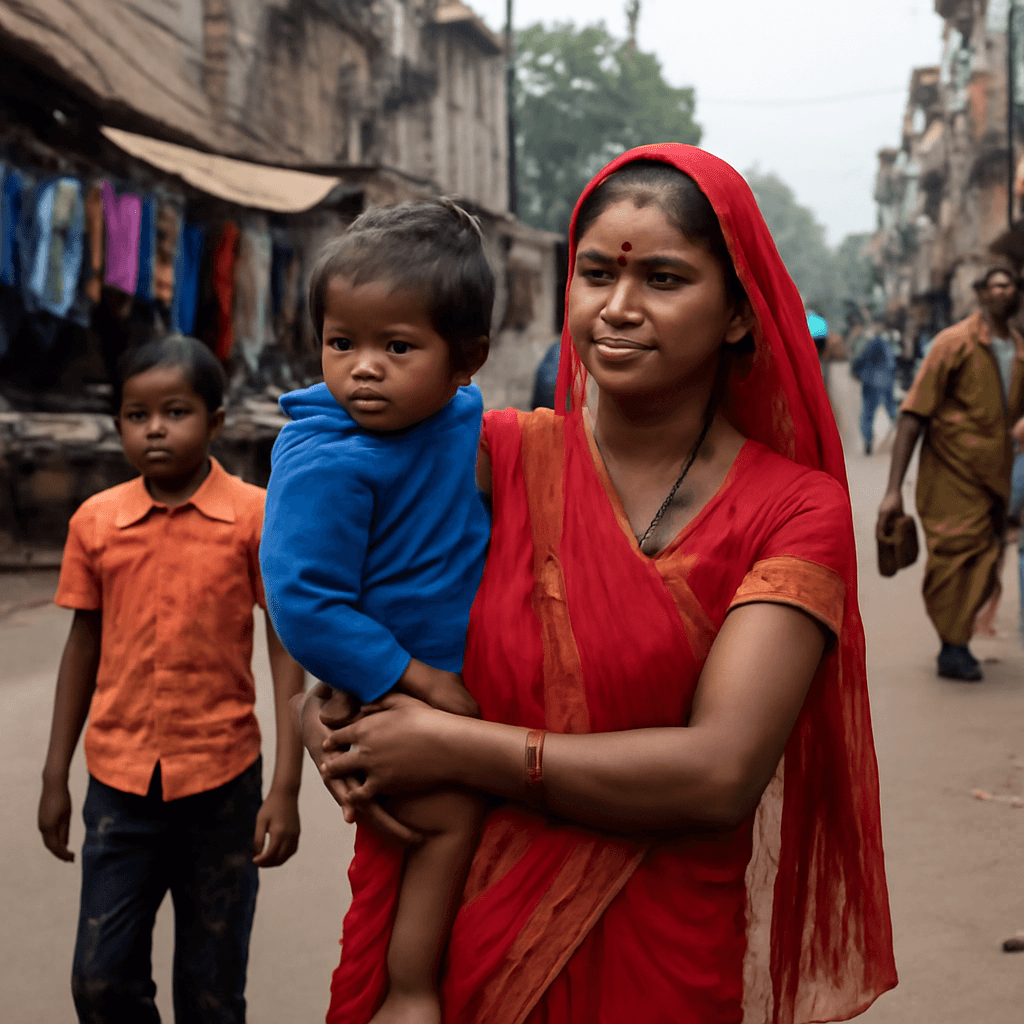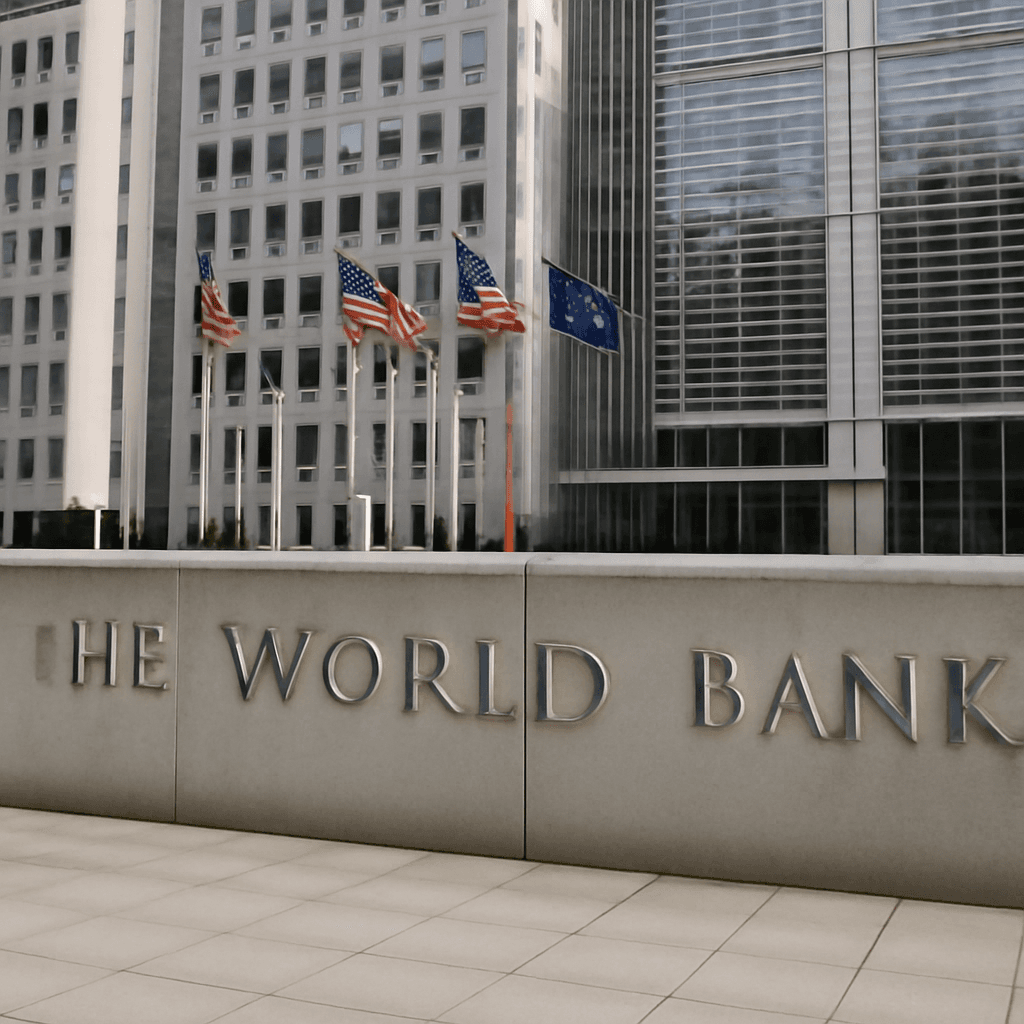Significant Decline in Extreme Poverty in India by 2022-23
India has achieved a remarkable reduction in extreme poverty over the past decade, with the extreme poverty rate dropping to 5.3% in 2022-23 from 27.1% in 2011-12. This progress comes despite a revision of the global poverty threshold to $3 per day, reflecting inflation and cost of living adjustments.
Updated Poverty Threshold and Statistics
The World Bank's revised poverty line, set at $3 per day in 2021 purchasing power parity (PPP) terms, represents a 15% increase from the previous $2.15 threshold due to inflation between 2017 and 2021. Under this revised standard, it is estimated that approximately 54.7 million Indians live on less than $3 per day as of 2024, corresponding to a 5.44% poverty rate.
Changes in Extreme and Middle-Income Poverty Rates
- The extreme poverty rate fell sharply from 16.2% to 2.3% between 2011-12 and 2022-23.
- Poverty according to the lower middle-income country (LMIC) line also declined dramatically by 33.7 percentage points over the same period.
Regional and Socioeconomic Insights
Reduction in poverty has been supported by targeted social policies including free and subsidized food transfers, which have also narrowed the poverty gap between rural and urban areas. Notably:
- The rural extreme poverty rate dropped from 18.4% to 2.8%.
- Urban extreme poverty declined from 10.7% to 1.1%.
- The rural-urban poverty gap shrank considerably, from 7.7 to 1.7 percentage points.
- The five most populous states account for 54% of India’s extremely poor population.
Economic Outlook and Risks
As of fiscal year 2025, India's real GDP remains approximately 5% below the pre-pandemic growth trend. However, there is an expectation of gradual recovery and convergence back to potential growth levels by 2027-28, contingent on resolution of global uncertainties.
Nevertheless, significant risks persist, including potential policy shifts and elevated trade tensions that could negatively impact export demand and delay investment recovery.
Key economic indicators forecast include:
- A current account deficit averaging around 1.2% of GDP over fiscal years 2026-28.
- Stable foreign exchange reserves projected to remain at approximately 16% of GDP.
Conclusion: A Decade of Poverty Reduction Milestones
Over the last decade, India has lifted approximately 171 million people out of extreme poverty, a testament to the effectiveness of policy measures and economic growth. Continued efforts will be necessary to sustain and accelerate this progress amidst ongoing global challenges.


